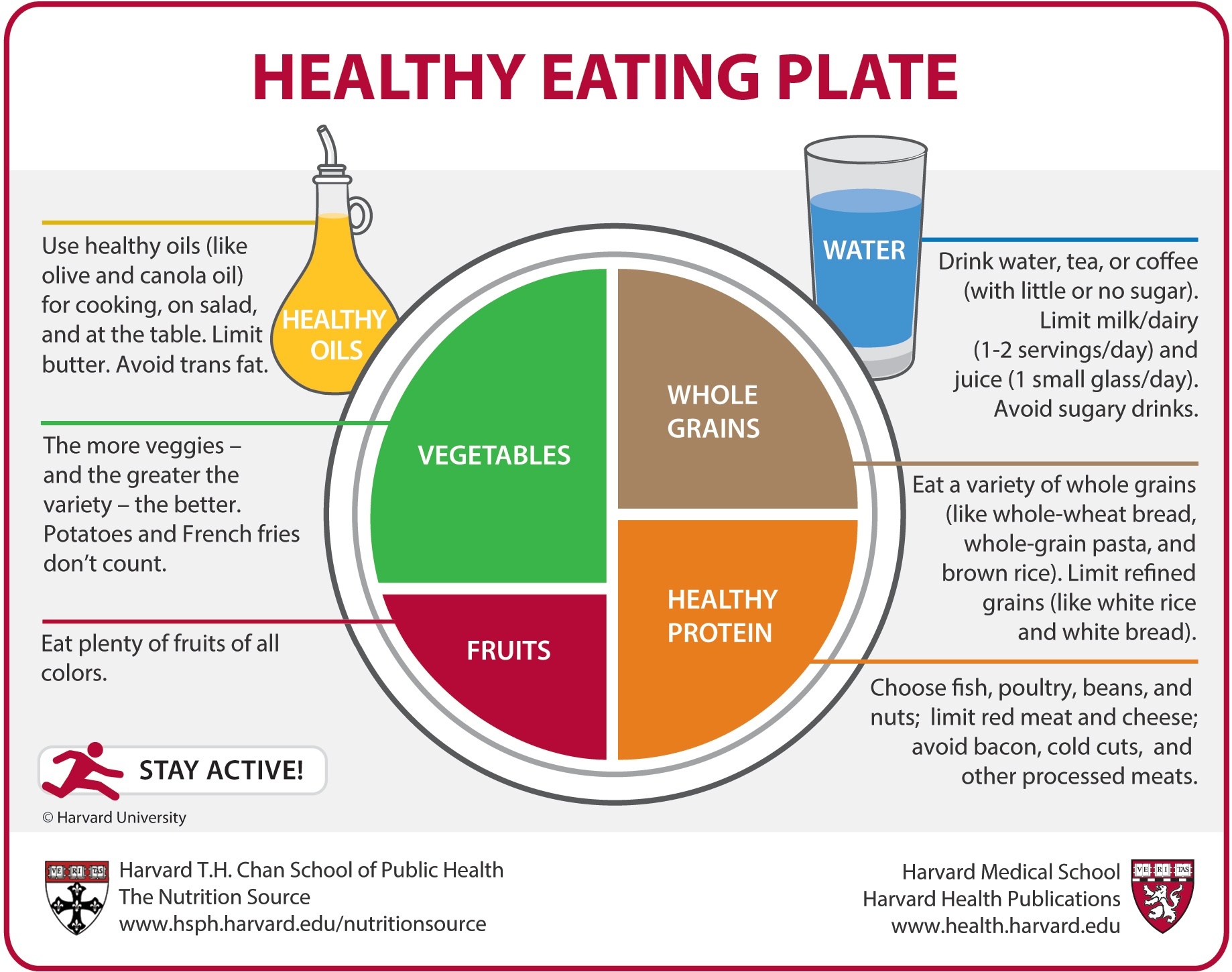Nutrition and Teleworking
Our daily lives have undergone significant changes, forcing us to adapt to new routines. Working from home, in particular, can be a challenge for our personal and professional balance. The temptation to comfort ourselves with indulgent foods is strong, but it is essential to maintain good eating habits to preserve our well-being, energy, to boost our defenses and better manage our stress. So that teleworking does not rhyme with weight gain, here are some tips :
Plan your meals
In order to avoid being caught off guard when lunchtime rolls around and avoid falling into the trap of ordering prepared meals or over-ordering delivered meals that are often too high in calories, take some time on weekends to draw up your weekly
meal list. When making your menus, take into account the available time by looking at the appointments, meetings and other videoconferences scheduled for the week ahead.
To help you organize your meals, use the very popular concept of batch cooking, which allows you to spend 2 hours on Sundays cooking your meals for the whole week in advance. You don’t know this technique yet ? There are many books on the subject
(e.g. : " My first steps in batch cooking " by Keda Black, " I cook for the whole week in 2 hours" by Caroline Pessin), and the web is full of articles on the subject.

Enjoy your meal break
The lunch break should be a moment of disconnection that allows you to recharge your batteries and boost your motivation. Eating healthily, calmly and consciously is not a waste of time, it is an investment in your health. This is all the more
important as it takes at least 20 minutes to trigger the satiety reflex, without which there is a real risk of nibbling.
Take the time to savor your meal, to look at the colors on your plate, to smell the aromas, to appreciate the flavors, in other words, to eat with full awareness.
Opt for the healthy dish
As recommended by Harvard University, split your plate into 4 parts :
In one half you put your portions of fruits and vegetables, divided as follows 1/3 fruit, because they contain sugar, and 2/3 vegetables. In the other half, you have equal portions of whole grains and proteins, with a preference for white meats,
fish, legumes and oilseeds.
To cook, use healthy oils such as olive oil, rapeseed oil, walnut oil or grape seed oil. And of course, remember to hydrate regularly by drinking 1.5 liters of water per day.

Source : www.hsph.harvard.edu/nutritionsource/healthy-eating-plate/
Focus on the right foods
To boost your morale and manage stress during telework, opt for the right foods, especially those containing vitamin D (fatty fish, eggs, dairy products), magnesium (chocolates, bananas, prunes, etc.) and foods that give you energy. But what are these foods ? More specifically, those that provide you with vitamins, minerals, antioxidants and essential fatty acids. You guessed it, these are essentially fruits and vegetables to which certain spices such as turmeric, garlic, royal jelly, eggs and certain fatty fish such as salmon are added.
Taste instead of nibble
When telecommuting, the risk of being tempted to snack is real. To avoid this temptation, plan balanced snacks around 10 am if you skipped breakfast and around 4:00/4:30 pm. For these snack breaks, choose a piece of fruit, a handful of dried fruit, a plain yogurt or, if you have a sweet tooth, 2 pieces of 70% dark chocolate, why not with hazelnuts or almonds.
Bon appétit !
